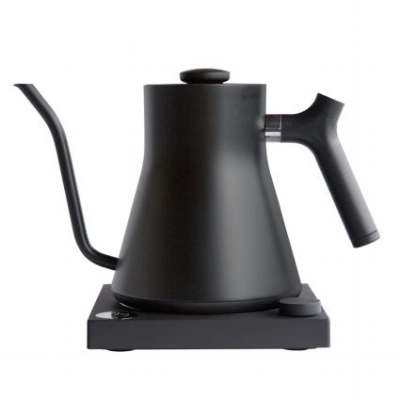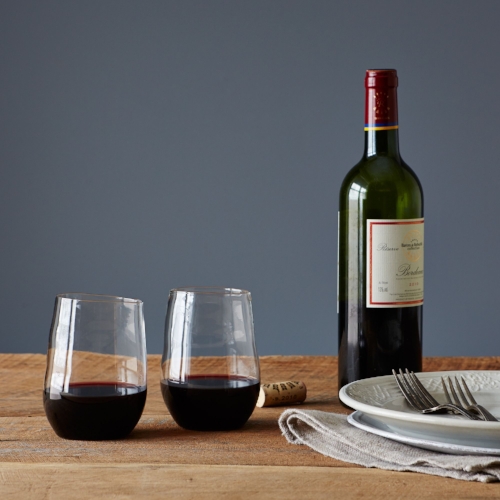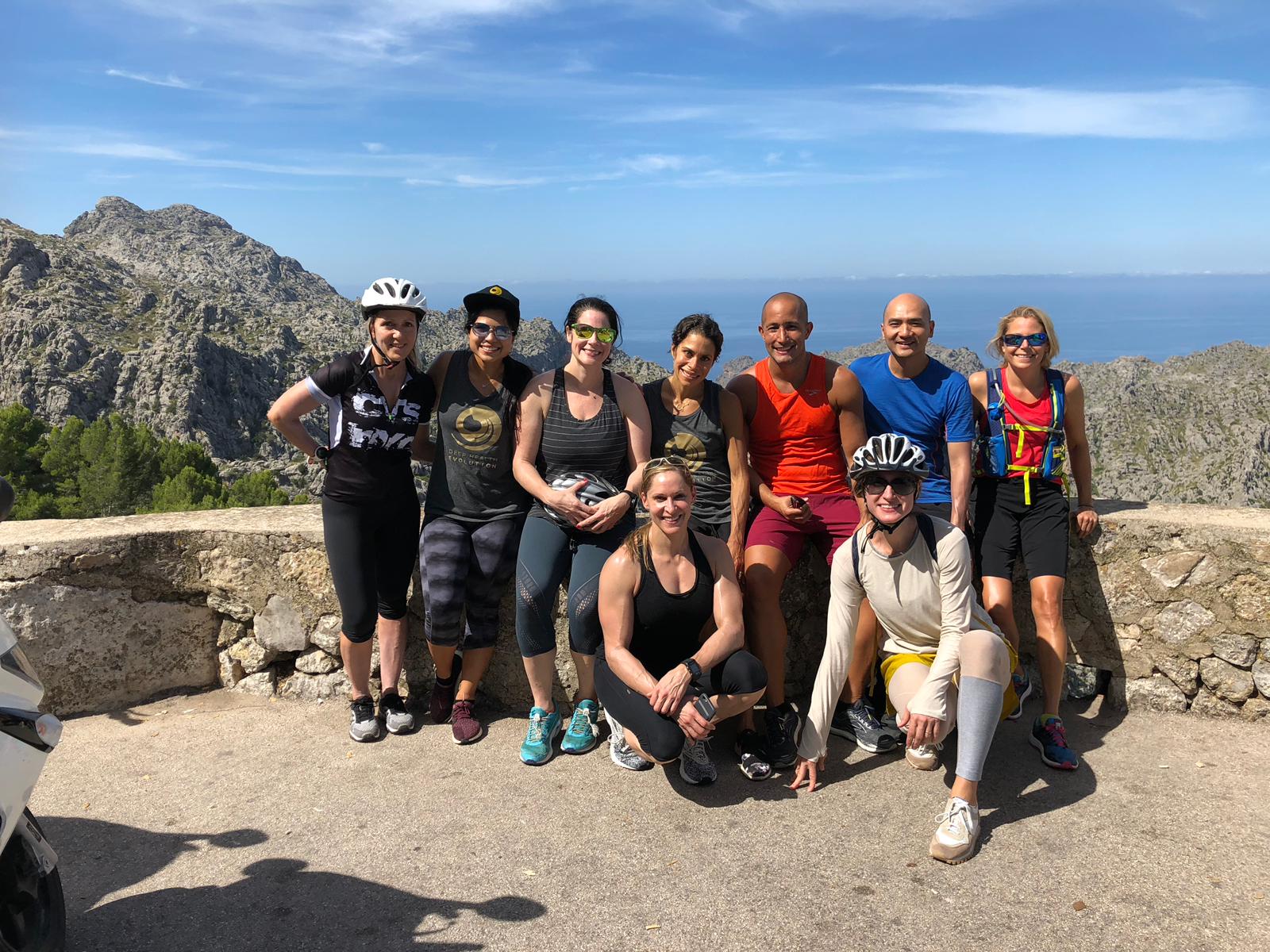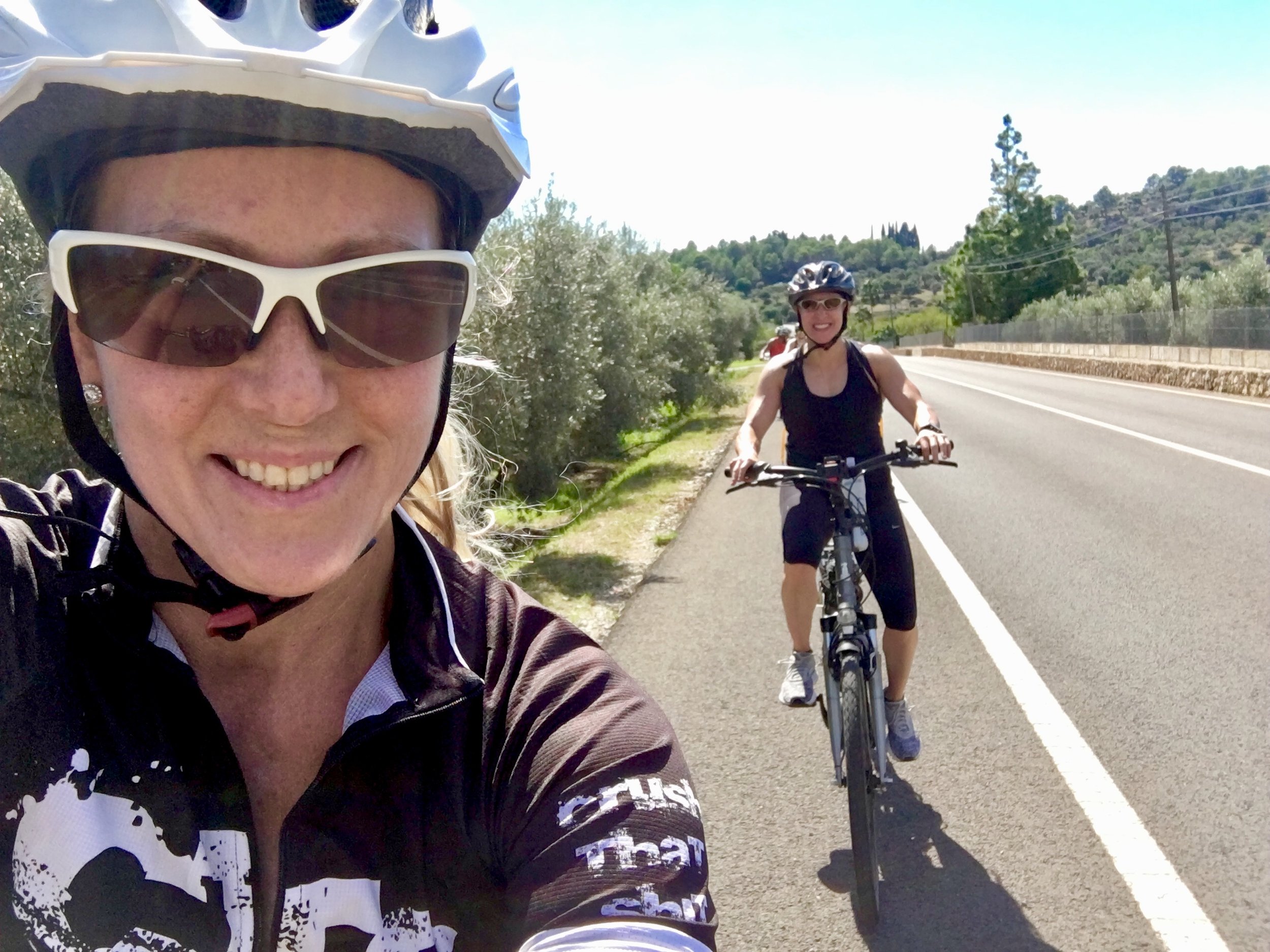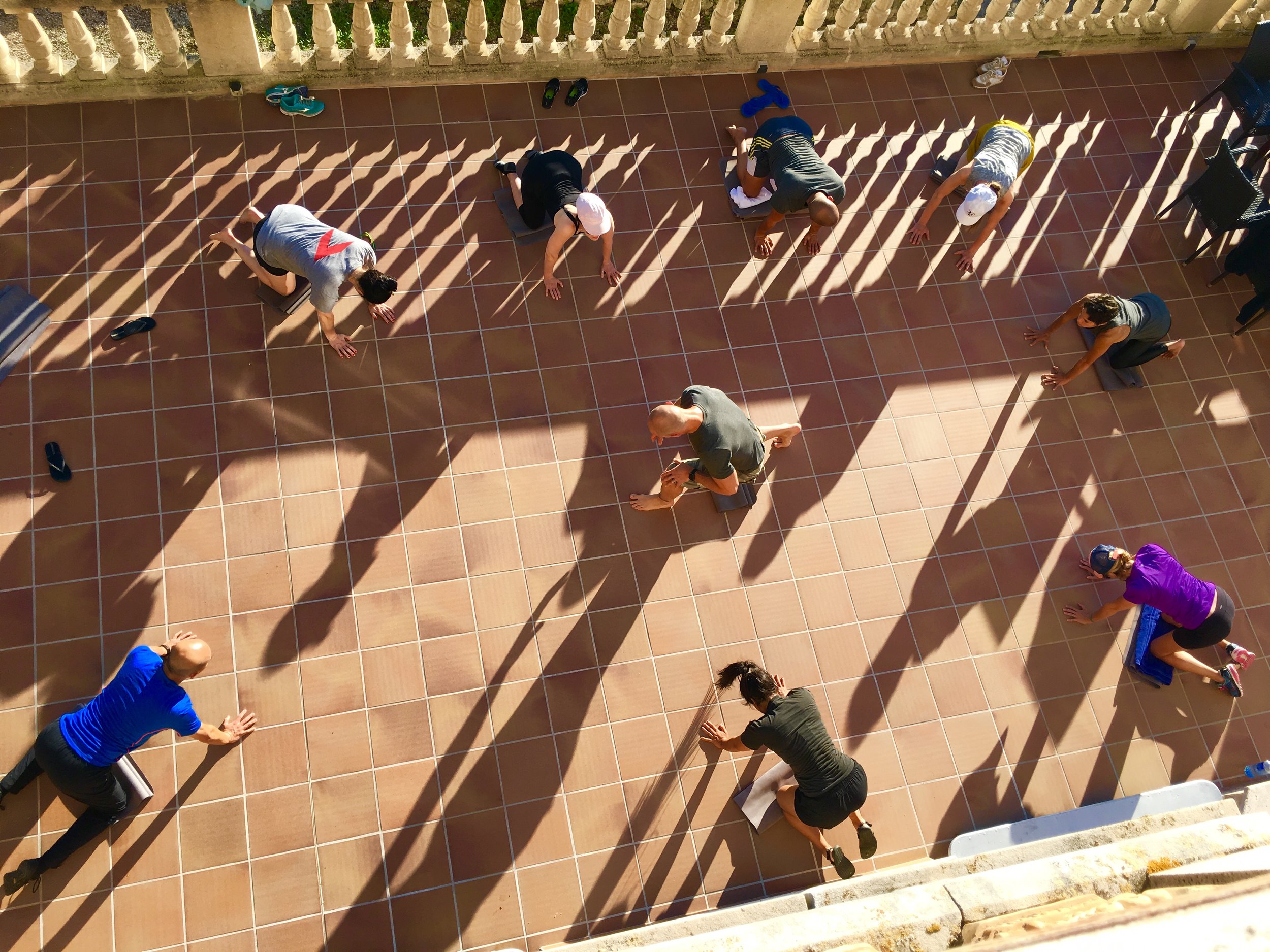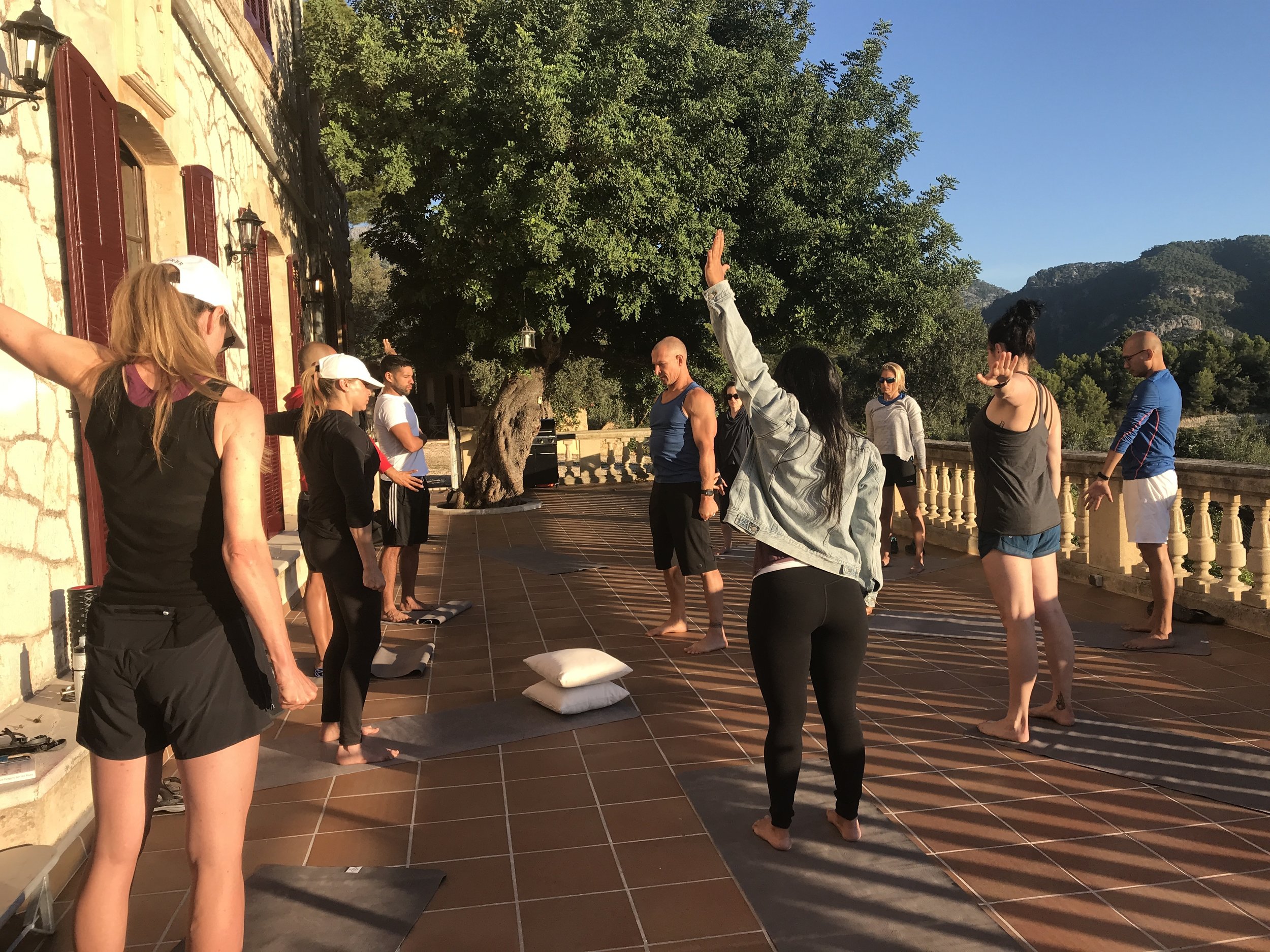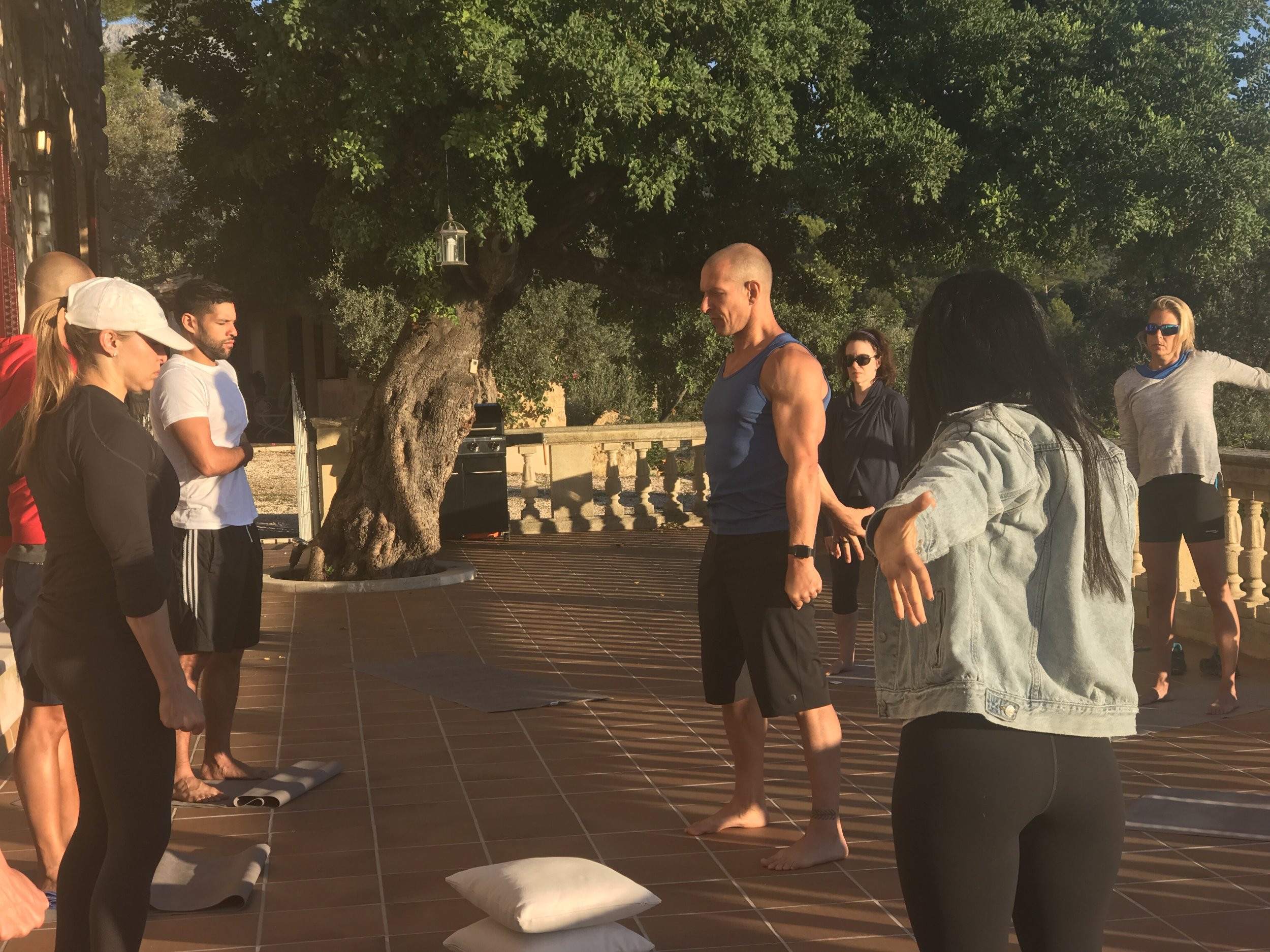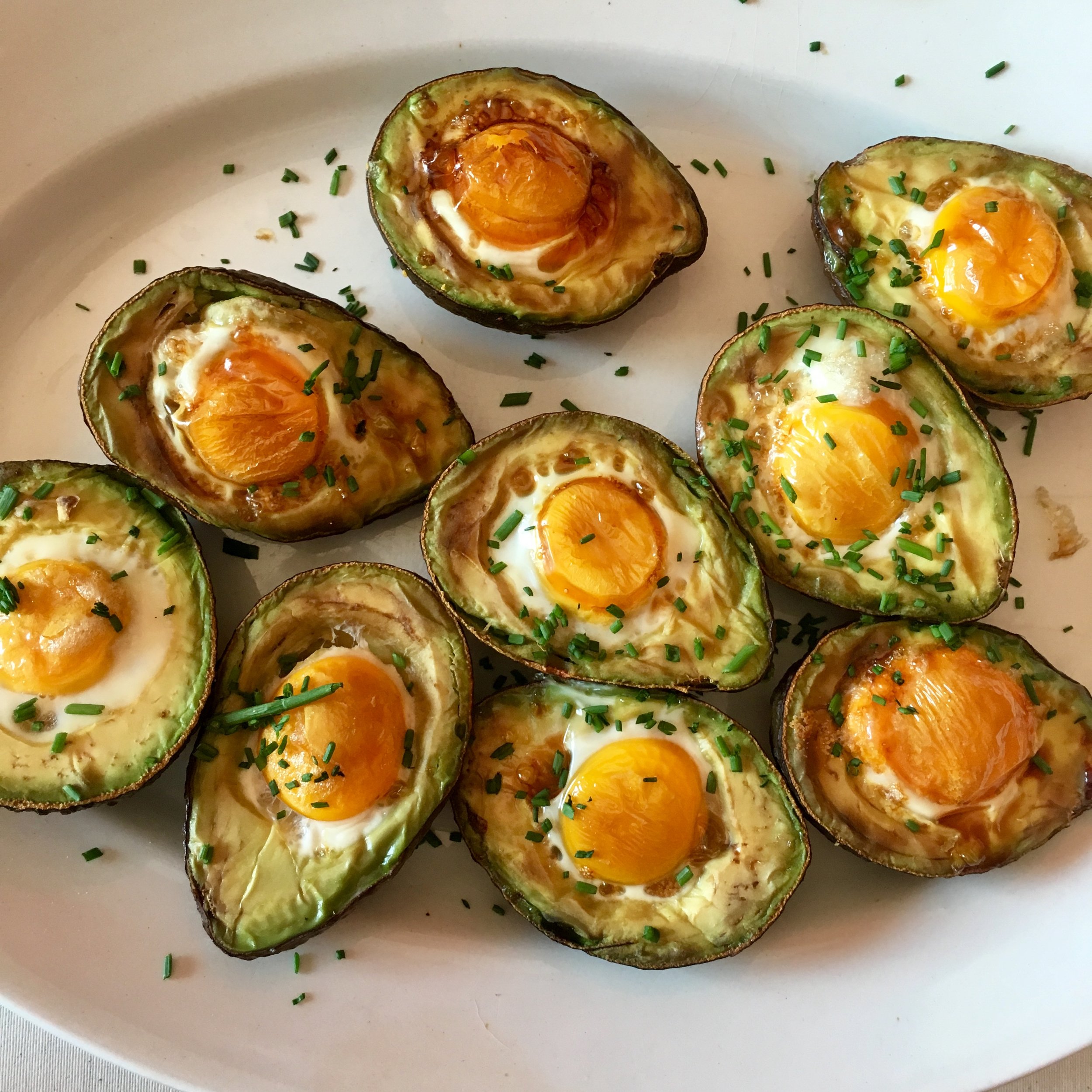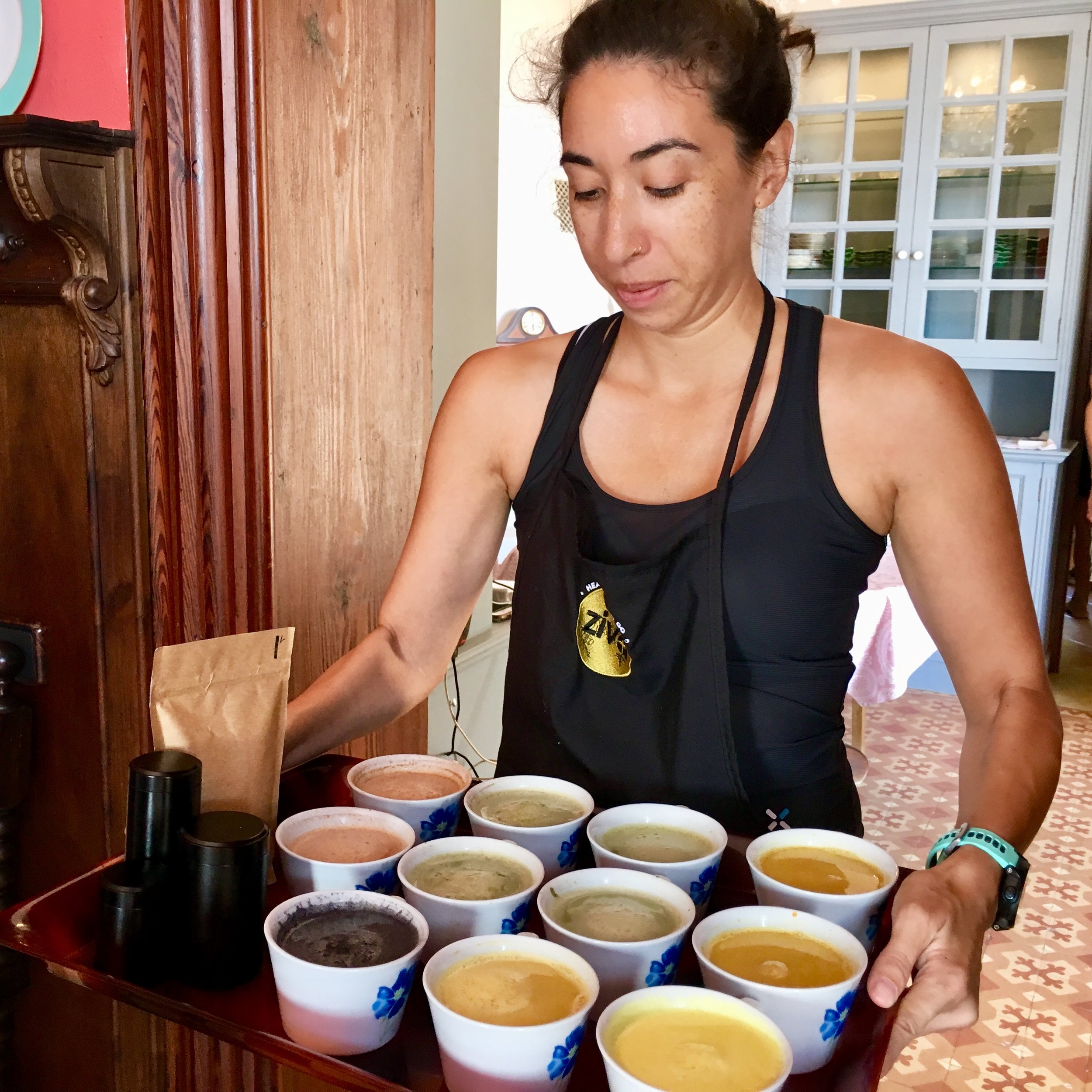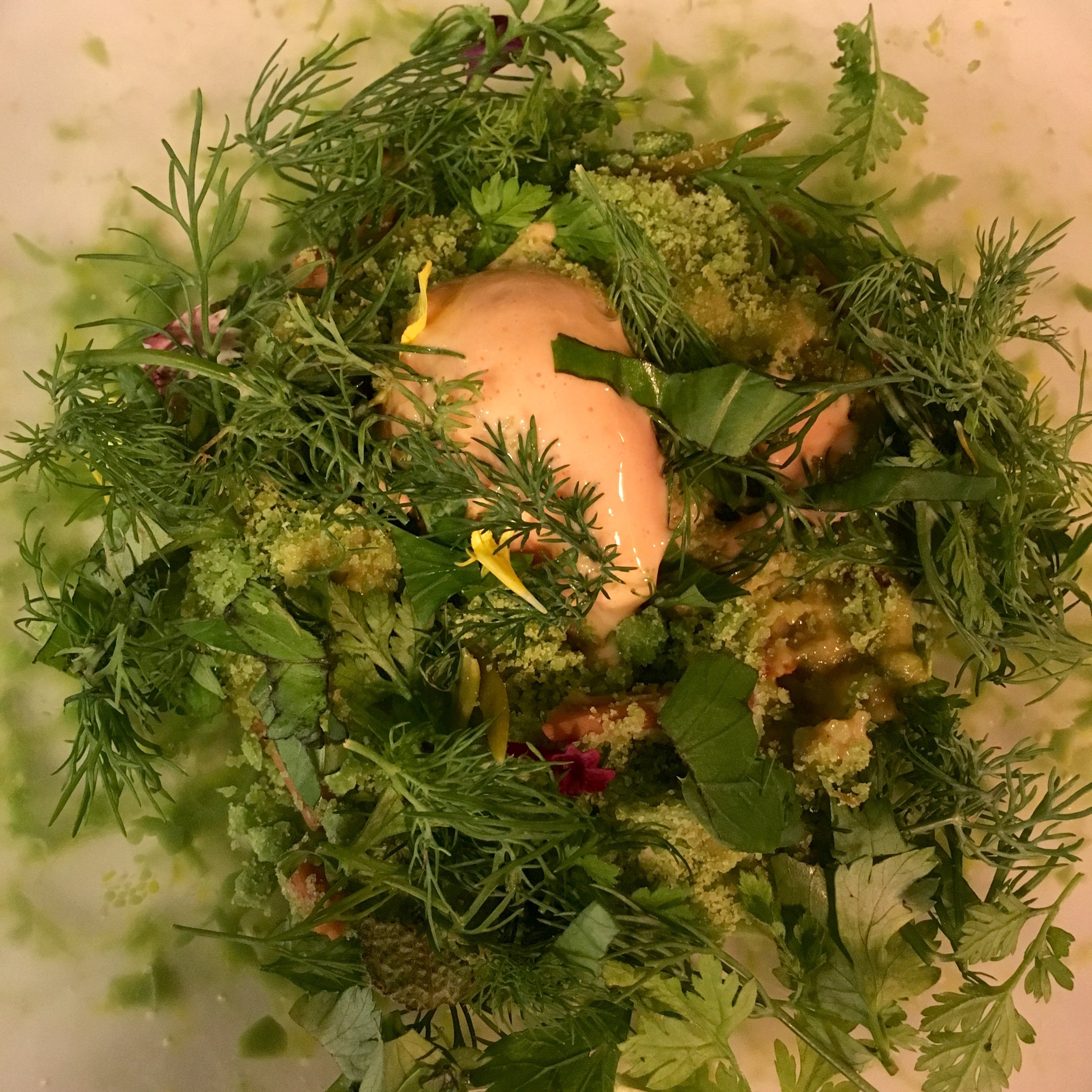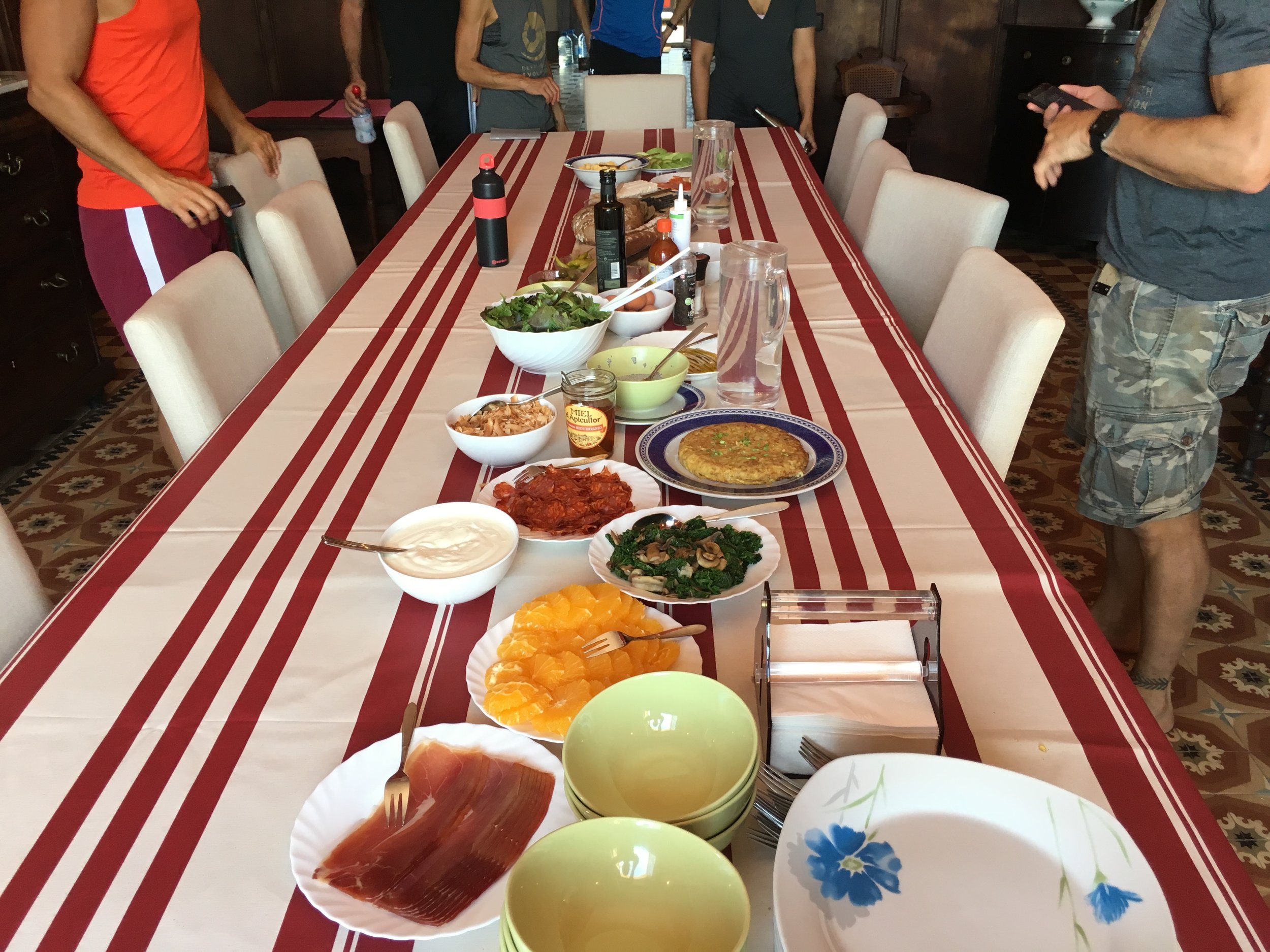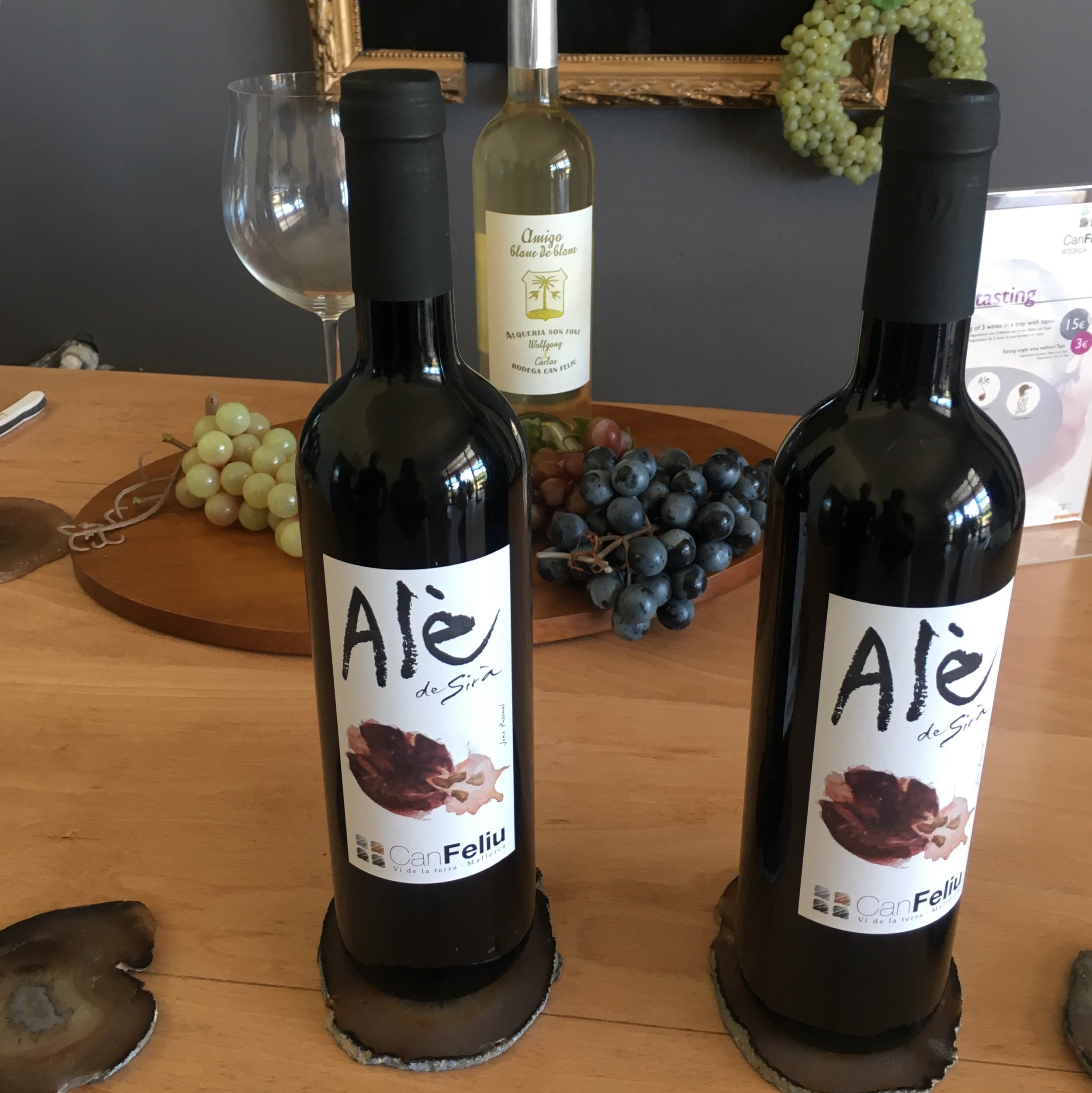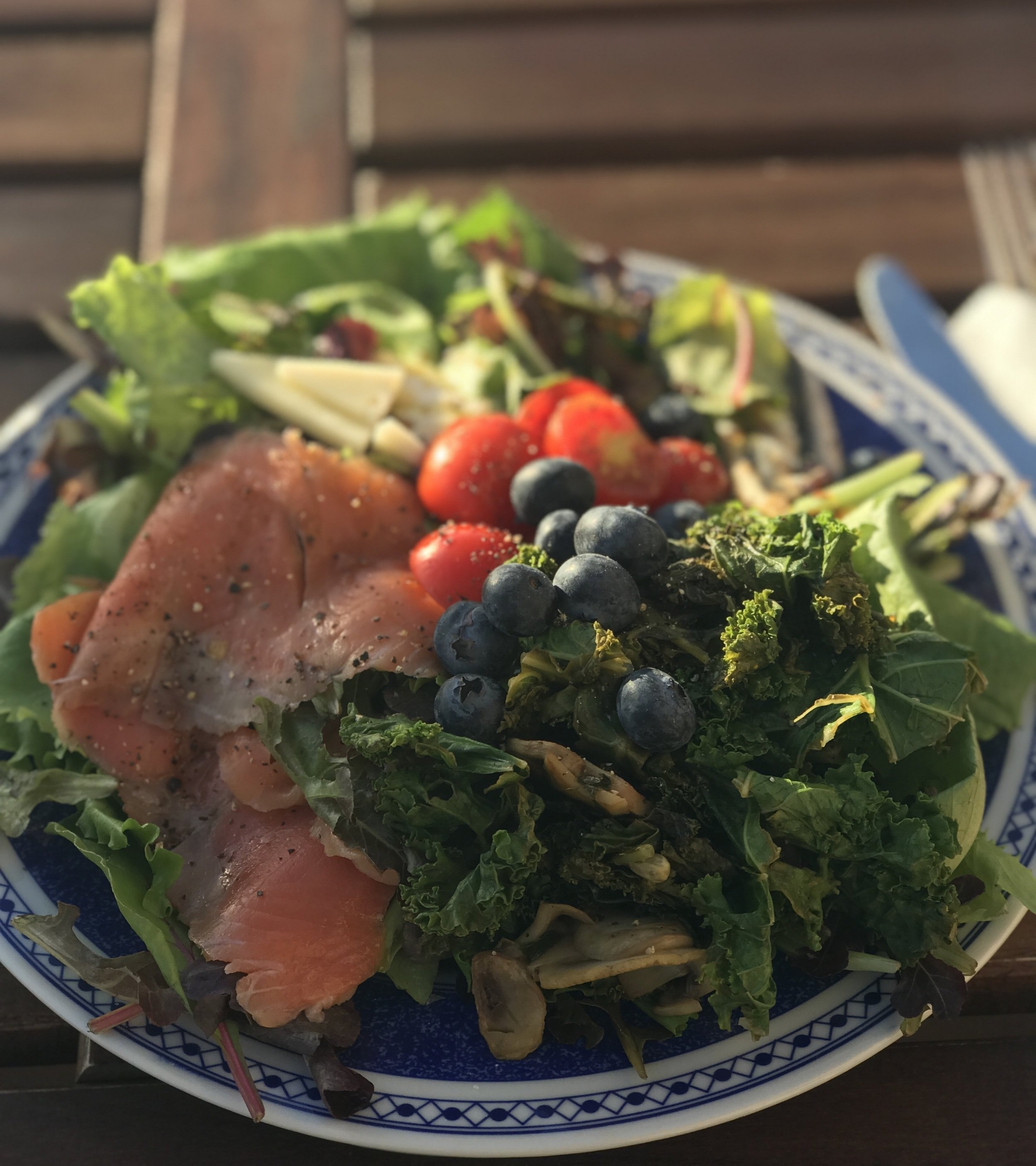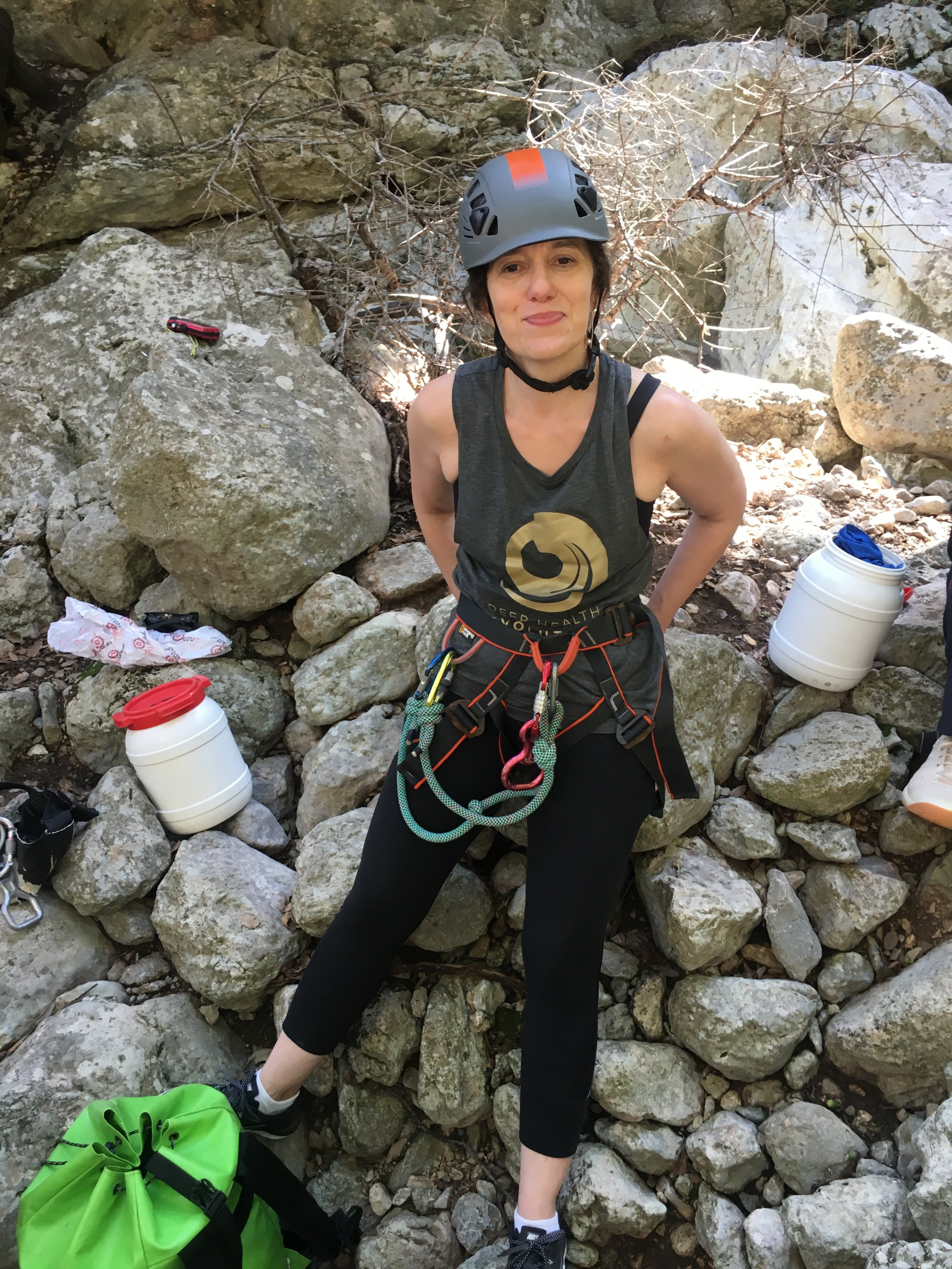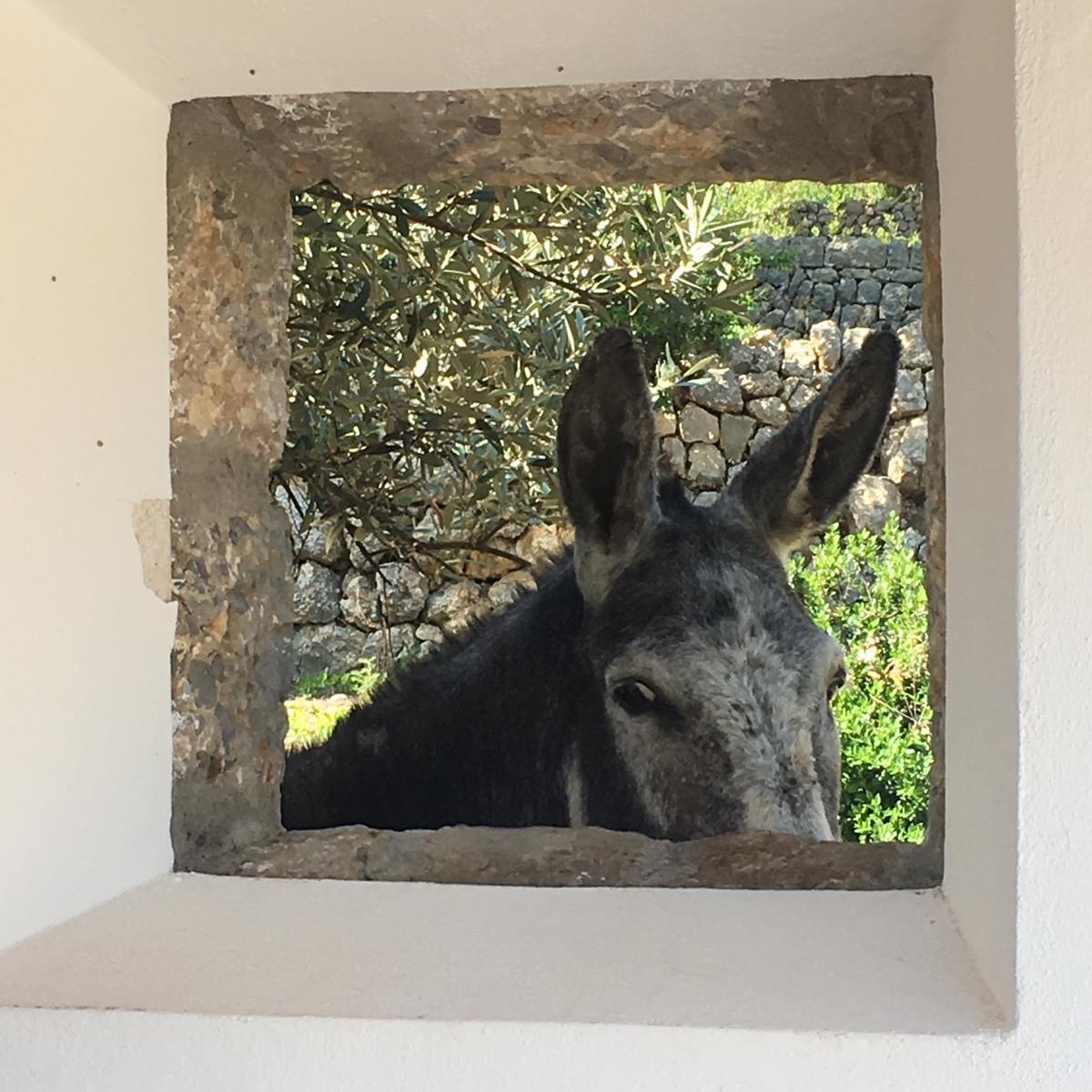BODY WASH:
Aleavia Enzymatic Body Cleanser. This has only 7 all natural, simple ingredients. It is a prebiotic formula that doesn’t strip away your skin’s natural good bacteria. It is super gentle and healing to skin afflicted with rosacea, eczema, acne, dry skin, keratosis and psoriasis and if you do have problematic skin, I highly recommend coupling the cleanser with Aleavia’s Soothing Mist Restore. It promotes collagen reproduction and stimulates cellular repair of damage and can help reduce fresh scars. Another similar product I’ve tried and liked is Mother Dirt Face & Body Cleanser and AO Plus Mist Prebiotic Spray.
FACIAL CLEANSER:
Another shout out for Aleavia - I use this as a cleanser for my face. My other favorite is a bit more high brow - Pure One Step Camelia Cleansing Oil by Tatcha. It is great for all types of skin, leaves the skin silky soft and has a subtle delicious scent to it.
FACE MASK:
Alitura Naturals. We’ve had Alitura Naturals on our shop page for a long time now. Their clay mask is still my favorite. It includes superfood ingredients such as 100% grass-fed colostrum, ginseng, and kelp powder. I use it once a week (when I remember) and my skin feels like porcelain afterwards.
For easy home made masks, look no further than your fridge. Some great combinations are:
For hydration and antinflammation - 1 tablespoon of raw or Manuka honey, 1 tablespoon cacao powder and 1/4 mashed avocado
For glowing skin - 1/2 banana, 1 tablespoon of raw or Manuka honey and 1 tablespoon orange juice
For hyperpigmentation and uneven skin tone - 2 tablespoons of raw or Manuka honey and 2 tablespoons mashed papaya
PROBLEM SKIN:
When ever I feel my skin is feeling tired and extra dry, especially after a night of one-too-many drinks, I turn to Simply Botanicals Skincredible Sandalwood Revitalizing Elixir. It works wonders for skin conditions such as rosacea, scars and blemishes, and is a lovely aftershave as well. I use it after cleansing, and before moisturizing (see below).
FACE CREAM:
My everyday, all the time, and always in my bag serum is June CBD Face Oil. It is carefully crafted with some of the best organic and wildcrafted, hard to find food for skin ingredients and great for all skin types. My favorite part is that the company is owned my a kick-ass lady boss and fellow Brooklynite. I use a few drops of June, followed by Simply Botanicals Creme de Rose. I first found this cream at Erewhon, my favorite natural foods market in LA. It smells delicious, feels luxurious, is deeply nourishing to the skin and doesn’t clog pores.
LIP BALM:
I keep a fresh lip balm in every bag, jacket pocket, pantry, medicine cabinet, nook and cranny of the house. This may sound crazy, maybe so, but I like having a lip balm on hand at all times. My current favorite is L:A Bruket No. 17 Lip Balm Almond + Coconut.
BODY MOISTURIZER:
This is where I tend to splurge on time and make my own. I love making my own whipped body butters. My favorite ingredients are always organic and include extra virgin olive oil, coconut oil, shea or mango butter, green coffee bean oil, andiroba oil, rosehips oil, and a mix of essential oils such as sandalwood, lavender, vanilla, palmarosa. The brands of essential oils I trust and love are Snow Lotus and Floracopia. You can play around with the concentration and scents of essential oils, but the basic recipe is 1/3 cup of EVOO, 1/3 cup of coconut oil, 1/3 cup shea or mango butter. Slowly melt the butter in a small saucepan. Once it is completely liquid, add the EVOO and coconut butter and mix well. Allow to cool and solidify completely in the fridge or freezer. Put all ingredients in a food processor. Add essential oils and pulse until whipped and fluffy. Transfer to a clean, dark glass jar like THIS to protect the oils from oxidizing. (If you don’ feel like getting the food processor dirty, you can also beat with a handheld electric beater).
If you prefer to splurge with money over time, June CBD Body Oil is amazing, especially for those spots needing extra care. I often mix a few drops into my own concoctions. Rica Body’s Butter All Over Cream is luxurious and delicious. All their products are fresh and made-to-order in Brooklyn.
DEODORANT:
The skin under our arms is very delicate and sensitive. While we all want to smell great (or like nothing at all) even through our toughest workouts, conventional anti-perspirants contain hormone disrupting and cancer causing chemicals and personally, I’d rather stink than gamble with those possibilities. Our sweat isn’t actually what causes armpit funk. It is the combination of salt, water (aka sweat) and our bacteria that produces body odor. Natural deodorants won’t block your pores as an antiperspirant will do. They will work with the good, natural bacteria on your skin to reduce odors, while allowing your pores to remain open. It can be difficult to find a natural deodorant that actually works. We’ve found the Schmidt (especially the Charcoal and Magnesium scent), Native and Primal Pit Paste brands to be the most effective. Keep in mind that when switching to a natural product, it may take your body up to 2 weeks to adjust. Don’t give up!
DENTAL FLOSS:
Most of us don’t think twice about what the tiny thread we slide in between our teeth every day is made of. Unfortunately, the story is not a pretty one. Most dental floss is typically made of the following ingredients:
Nylon which is plastic and petroleum based. Our bodies cannot break down petroleum. In addition it is super harmful to the environment.
Hormone altering and carcinogenic Teflon.
Synthetic wax made from petroleum.
Our favorite natural floss is Cocofloss. The packaging and flavors are fun and it is safe for humans and the environment.
TOOTHPASTE
What are the ingredients in your toothpaste? While most of us don’t go around swallowing a huge amount of toothpaste when we tend to our pearly whites, the time (2 minutes if you follow the 30 seconds per quadrant rule) it is in your mouth is long enough for quite a bit of absorption. (Isn’t 1 minute the amount of time we are told to hold CBD under our tongues for it to take effect)? One of the biggest toxic offenders in toothpaste is fluoride. Did you know fluoride is a registered insecticide and rodenticide? It’s been linked to some alarming dental and skeletal fluorosis, cancer, lower IQ in children and learning disorders, among other things.
There are many non-fluorinated toothpastes in the market these days. We love Dr. Bronner’s All-One Toothpaste (especially the cinnamon flavor) and Revitin, a prebiotic formula created renowned biological and integrative dentist, Dr. Gerry Curatola.
TAMPONS:
One of the most sensitive and absorbent areas of a woman’s body is her vagina and what she puts in there important (on so many levels - though we’ll stick to tampons for the sake of this post). The FDA does not require the labels of feminine care products to list all the ingredients in their products. Bleached and sometimes carcinogenic synthetic fibers such as rayon and are often found in the mix. To top that, any amount of cotton actually in the product is pesticide laden. Who wants that? Certainly not I. I use Cora. The brand is environmentally and socially responsible - 100% organic with a BPA-free applicator and proceeds from every box purchased goes towards providing plant-based, biodegradable sanitary pads to girls in need in India.
SUNSCREEN:
The subject of sunscreen is complicated. The light generated by the sun, as we know, is necessary for vitamin D and the proper generation of hormones. Blocking exposure to sunlight can be quite damaging to circadian rhythm, mood regulation and a number of other health issues. Healing and magnificent as it is, it can also be damaging in overdose.
The problems with conventional sunscreens are vast. Many contain toxic ingredients and endocrine disruptors that can promote skin cancer - just the thing we are trying to prevent by wearing it.
Research also shows that ingredients in many types of sunscreens are harmful to ocean life, especially coral. An estimated 5,000 metric tons of sunscreen wash off swimmer’s bodies each year, polluting the ocean and threatening ocean life.
What’s the solution? Here are my tips.
Expose yourself to the sun in small doses all year round. As the summer approaches, begin titrating up your exposure so that your skin is able to tolerate longer periods in the sun. When you know you will be in the sun for extended periods of time, turn to an environmentally safe and non-toxic sunscreen such as the ones from Beauty Counter or have a look at the Environmental Working Group to see how your sunscreen fairs.
Take Astaxanthin daily to help protect the skin from the inside out.
Eat tomato paste. According to scientists, the lycopene found in red tomatoes can help protect the skin from sunburn.
BONUS TIP
We didn’t get into home cleaning products in this round, but here’s a simple and inexpensive recipe for a super effective all -purpose cleaning solution.
Mix equal parts white vinegar and distilled water in a spray bottle. (For a tougher clean up jobs use a 2:1 ratio fo white vinegar to water). Add drops of your favorite essential oil (quantity depends on how strong you like the scent to be) and shake it up. Anti-bacterial and anti-microbial and lovely scented essential oils include peppermint, tea tree, lemon, lavender and rosemary.
What are some of your favorite products? Please share. I am always looking for new ideas!
(Full disclosure: There are some affiliate links above. While we make a little bit of money if you make a purchase using our links, it is at no extra cost to you. Rest assured, we honestly wouldn't be recommending them if we hadn’t tried them ourselves and given them a personal thumbs up!)








































